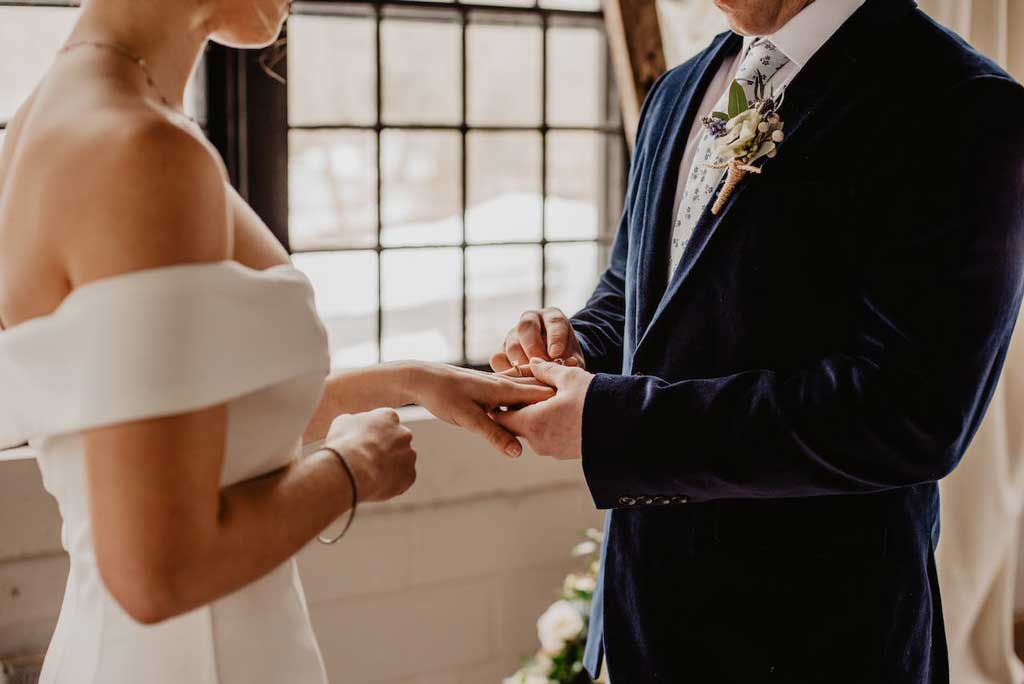Marriage tax allowance may seem like a relatively new thing, but marriage taxes and marriage couples allowance have evolved over time. Back in 1990, taxes treated married couples as one. But then, things shifted, and now each person in a marriage gets taxed separately. Let’s take a look at the history of marriage tax allowance and how marriage taxes have changed over the years.
Independent Taxation (1990):
Before 1990, if you were married, your taxes were combined. But in 1990, everything switched. Now, each person in a marriage gets taxed on their own. This was a big change from the old idea that a married woman’s income was part of her husband’s.
Married Couple’s Allowance (MCA):
When they started individual taxation, they introduced something new called the Married Couple’s Allowance (MCA). At first, it applied to all married couples. But in 2000, they took it away for most couples under 65. Now, only couples with one partner aged 89 or older can claim it. This shows how who can get this allowance has changed over time.
Transferable Marriage Allowance (2015):
In 2015, something important happened. Prime Minister David Cameron introduced the Transferable Marriage Allowance. This allowed spouses to move £1,000 of their tax allowance to their partner. There’s a catch, though – both partners can’t be higher-rate taxpayers. You can apply for this by writing to HMRC or making a phone call. The cool part is you can claim it for up to four years in the past.
Flexibility and Bereavement (2017):
In 2017, they made things easier if a partner passes away before the allowance is claimed. You can still make a claim, and you backdate it for up to four years. This is a thoughtful move to help people dealing with the loss of a partner.
Current Status (2023/24):
Fast forward to 2023/24, Chancellor Jeremy Hunt said the married couple’s allowance is £10,375. The tax relief is capped at 10%, meaning you get a discount of £1,038 on your final tax bill. The personal allowance stays at £12,570, and the ‘marriage allowance’ is set at £1,260. If you and your partner use this allowance wisely, you can save up to £252 on basic rate tax.
Conclusion:
Looking back, the history of marriage tax allowance shows a journey from joint taxation to today’s system, allowing couples to share some tax benefits. As tax rules keep changing, this story reflects efforts to make taxes fair and easy for everyone. At Claims Advisory Services, we’re here to make the process of applying for marriage tax allowance as simple as possible. We can easily start your claim on a no win no fee basis with no complex or time consuming forms to complete. Start today, and you could have your refund in as little as 6 weeks so theres never been a better time to claim marriage tax allowance.Start your claim today, and let us help you claim the money you are entitled to.



